During construction or even after completion, various types of cracks in concrete may appear on the building due to a number of factors. Cracks in concrete usually develop cracks whenever the stress is more than the strength. Stress is normally caused by external loads and forces. In reinforced concrete, cracks may occur due to the inadequate size of their section or reinforcing steel, and corrosion in reinforcement. Below are the main types of cracks in concrete;
1. Diagonal Cracks
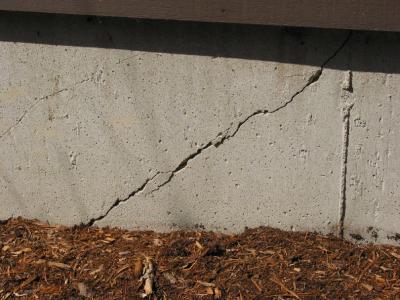
Diagonal cracks may appear anywhere along the height of the reinforced concrete. These types of cracks always involve the entire face of the column. Diagonal cracks in concrete columns are mainly caused by insufficient cross-section, the inadequate load-carrying capacity of the columns, and inadequate reinforcement steel. Diagonal cracks need to be addressed urgently as they may compromise the strength of the entire structure within a short time.
2. Horizontal Cracks
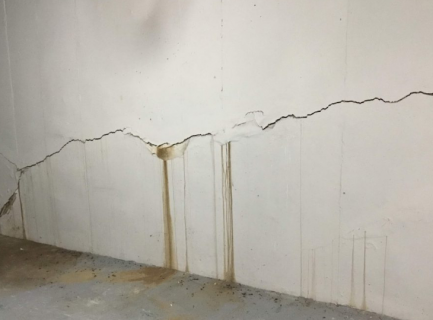
In reinforced concrete, horizontal concrete cracks mainly appear at the beam-column junction. Horizontal columns also appear on the column face where tensile stress is large. Columns with insufficient reinforcements, inadequate moment of resistance capacity, and disposition of installed reinforcement are prone to horizontal cracking. This is largely due to the effect of uniaxial bending, direct load, and shear force.
Horizontal cracks may cause a substantial reduction in the column’s shear strength. This may lead to great risk and compromise the strength of the whole structure.
3. Splitting Cracks
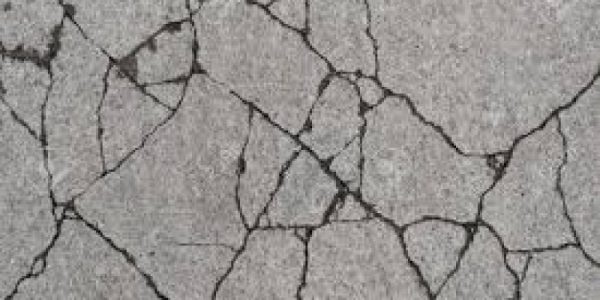
Splitting cracks appear in form of short parallel vertical cracks in reinforced concrete columns. They have varying widths. These cracks are common in columns with low concrete quality and insufficient steel reinforcement. In reinforced concrete, splitting cracks mainly appear as a result of reaching its maximum load-carrying capacity.
The ultimate load-carrying capacity of a column is surpassed when the cross-section of the concrete is inadequate or reinforcement ratio is insufficient or a combination thereof.
4. Corrosion Cracks
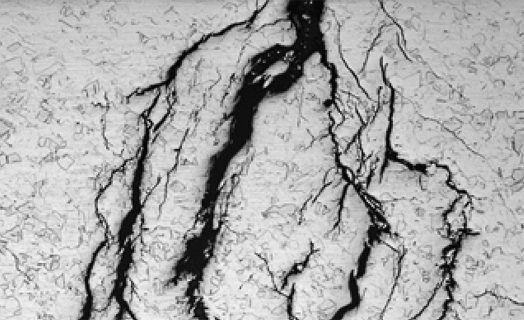
Corrosion cracks mainly appear along the line of reinforcements of the concrete column. Corrosion columns mainly have the same width and usually widen as the columns age. The inadequate bonds between concrete and steel bars and possible reinforcement corrosion are the main cause of corrosion reinforcement in concrete columns.
5. Plastic shrinkage concrete cracks

These types of cracks in concrete appear in concrete that is still in its plastic state (before hardening). Concrete in a plastic state has large amounts of water. When drying, this water escapes leaving airspaces. These airspaces make the concrete weaker and prone to cracking. This type of cracking is called “plastic shrinkage cracking”.
Although they can appear anywhere on the concrete slab, plastic shrinkage cracks are common happen at reentrant corners (corners that point into the slab). They are also common in round objects or around corners mainly due to the inability of concrete to bend.
6. Expansion concrete cracks
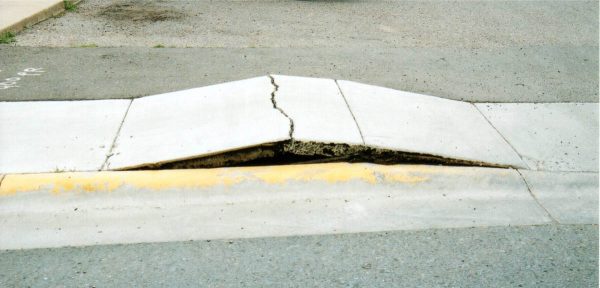
When heated, concrete expands and pushes against anything that may be in its way. The force caused by the inability to bend or flex causes the concrete to crack. To reduce these types of cracks, expansion joints are always used as points of isolation between any other static objects. Expansion joints are made from compressible material like asphalt, rubber, or lumber and act as shock absorbers to relieve the stress caused by the expansion.
7. Heating concrete cracks
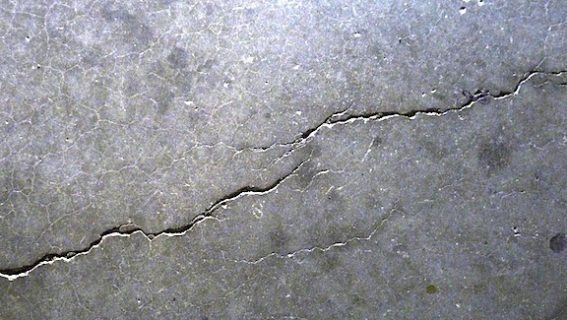
Due to changes in temperature, the ground may freeze and expand. During these movements, the concrete may lift several inches before thawing and settling back down. These movements may cause concrete to crack especially if the slab is not free to move with the ground. In addition, large tree roots may pierce through concrete and cause cracks.
8. Concrete cracks caused by overloading the slab
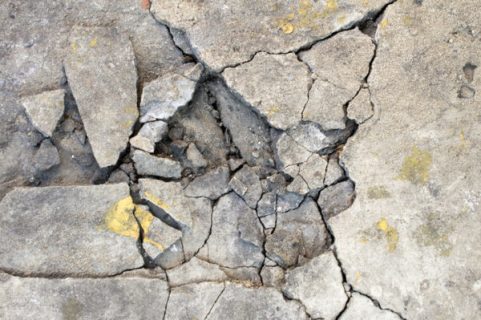
Although concrete is very strong, it also has limits. When exposed to excessive weight, concrete can crack. After a heavy rain or snowmelt when the ground below is soft and wet, excessive weight on the slab can press the concrete down and result in cracks.
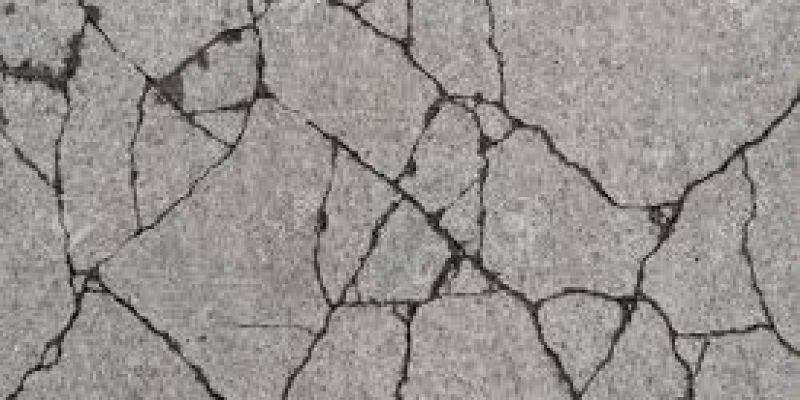

Fissures horizontales autour de l’axe neutre dans les poutres en béton armé.
?Pouquoi
Nice job for including the picture. Some article about this didn’t include any pictures. Thank you very much!